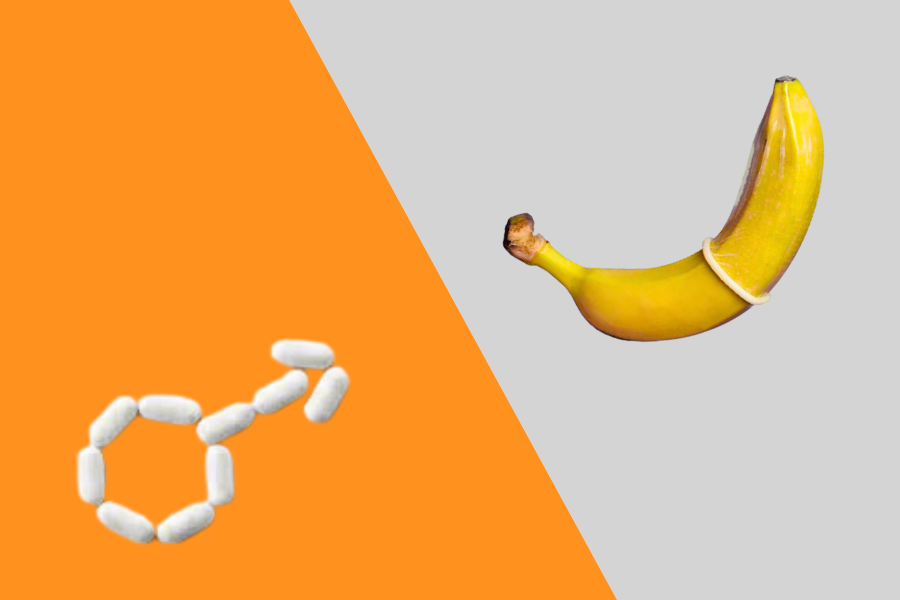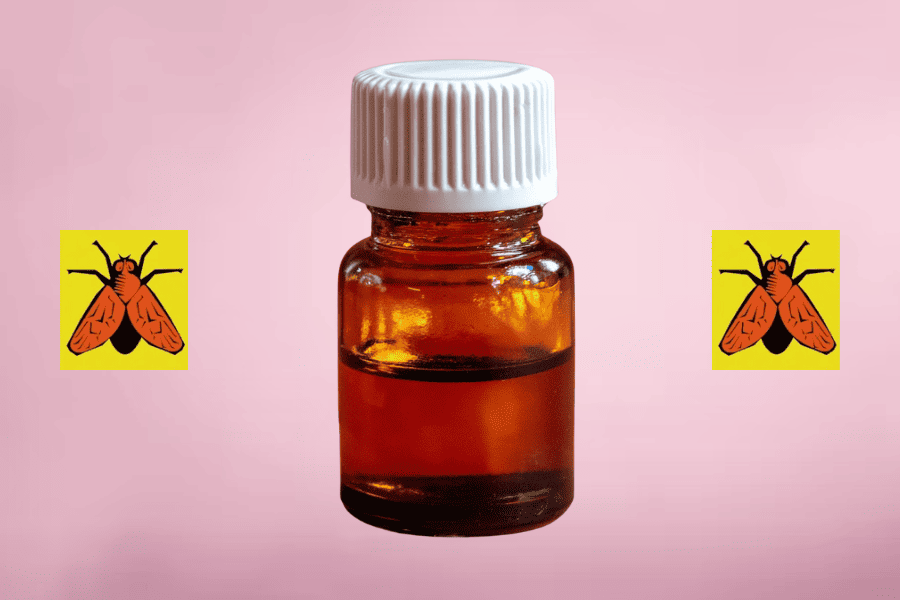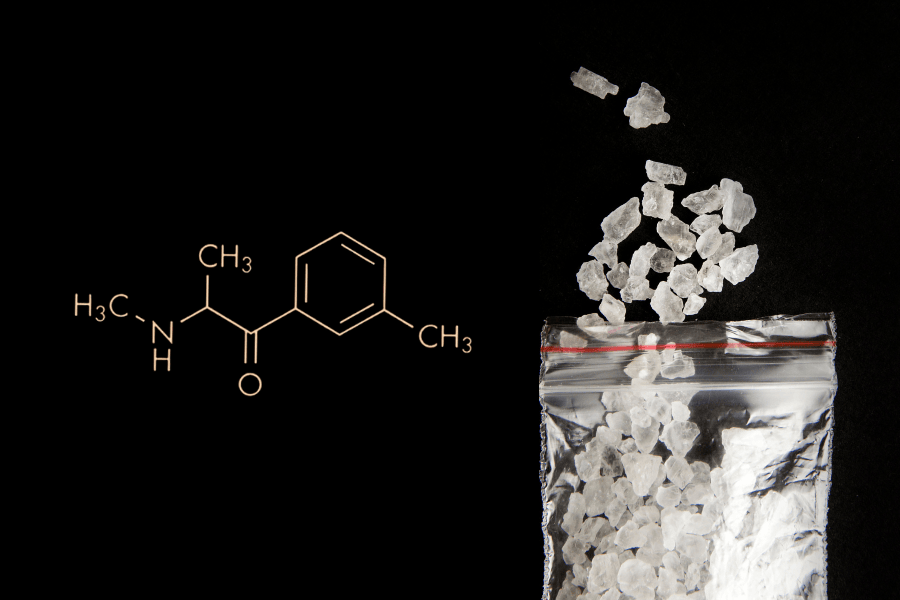What is EPT?
- Funcaps
- Blogs about research chemicals
- 21 Nov 2024
- 25views
- Reading time: 3 minutes

EPT, or Ethylpropyltryptamine, is a lesser-known chemical belonging to the tryptamine family. Tryptamines are organic compounds that occur in both nature and are synthesized in laboratories. These compounds are of interest because of their influence on the central nervous system and their potential as research compounds in the scientific community. But what exactly is EPT, and what makes it so special?
What is EPT and why is it important?
EPT, or Ethylpropyltryptamine, is an intriguing substance within the tryptamine family. It is of particular interest to researchers because of its unique chemical structure and the impact it can have on the central nervous system. But what exactly is EPT? It is a lesser-known but potentially valuable compound that may play a larger role in scientific research in the future. Although it is currently studied primarily in laboratories, it offers a fascinating window into the complexities of brain chemistry. Who knows what the future holds for this little-known but promising compound?
The chemical structure of EPT
EPT is a synthetic compound similar in structure to other well-known tryptamines such as DMT and 5-MeO-DMT. Its chemical name is N-ethyl-N-propyltryptamine, which refers to the ethyl and propyl groups attached to the basic tryptamine structure. These modifications give EPT unique properties compared to its peers. Although the substance is not much discussed in mainstream scientific publications, there are niche groups of researchers focusing on its potential applications.
The use of EPT in research
EPT is primarily used in a research context. Scientists study this compound because of the way it binds to serotonin receptors in the brain. This interaction can offer insights into neurological processes such as mood regulation, sleep, and even neuroplasticity. Although EPT is less well known than other substances, it has similar effects to some of the more prominent tryptamines, making it relevant to certain studies.
What is EPT within this context? It can be seen as a tool to better understand how the brain works. By studying the substance in controlled laboratory environments, researchers can make connections between chemical structures and their biological effects.
Legal status of EPT
The legal status of EPT varies by country. In many countries, it is considered a research substance and is not intended for human use. In the Netherlands, you can still buy EPT, as it does not fall under the Opium Act. Therefore, it is important to be aware of the regulations before working with this substance. For researchers, it is essential to obtain licenses and ethical approvals for studies in which EPT is used.
Potential risks of EPT
As with other substances in the tryptamine family, there may be risks associated with the use of EPT. Although little data is available on the specific effects of EPT, it is believed that it may have similar side effects to other tryptamines. These include increased heart rate, changes in blood pressure, and possible neurotoxicity with prolonged or improper use. Researchers working with EPT must adhere to strict safety protocols. The lack of comprehensive studies means that the full risks have not yet been fully assessed, which requires caution.
Applications of EPT in the future
Although EPT is currently used primarily in basic research, there are speculations about its potential applications in the future. For example, better understanding of substances such as EPT could contribute to the development of new drugs or therapies for neurological disorders. By exploring the unique structure of EPT, scientists may gain new insights relevant to pharmacology.
Related Posts












